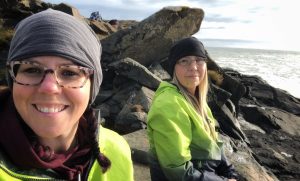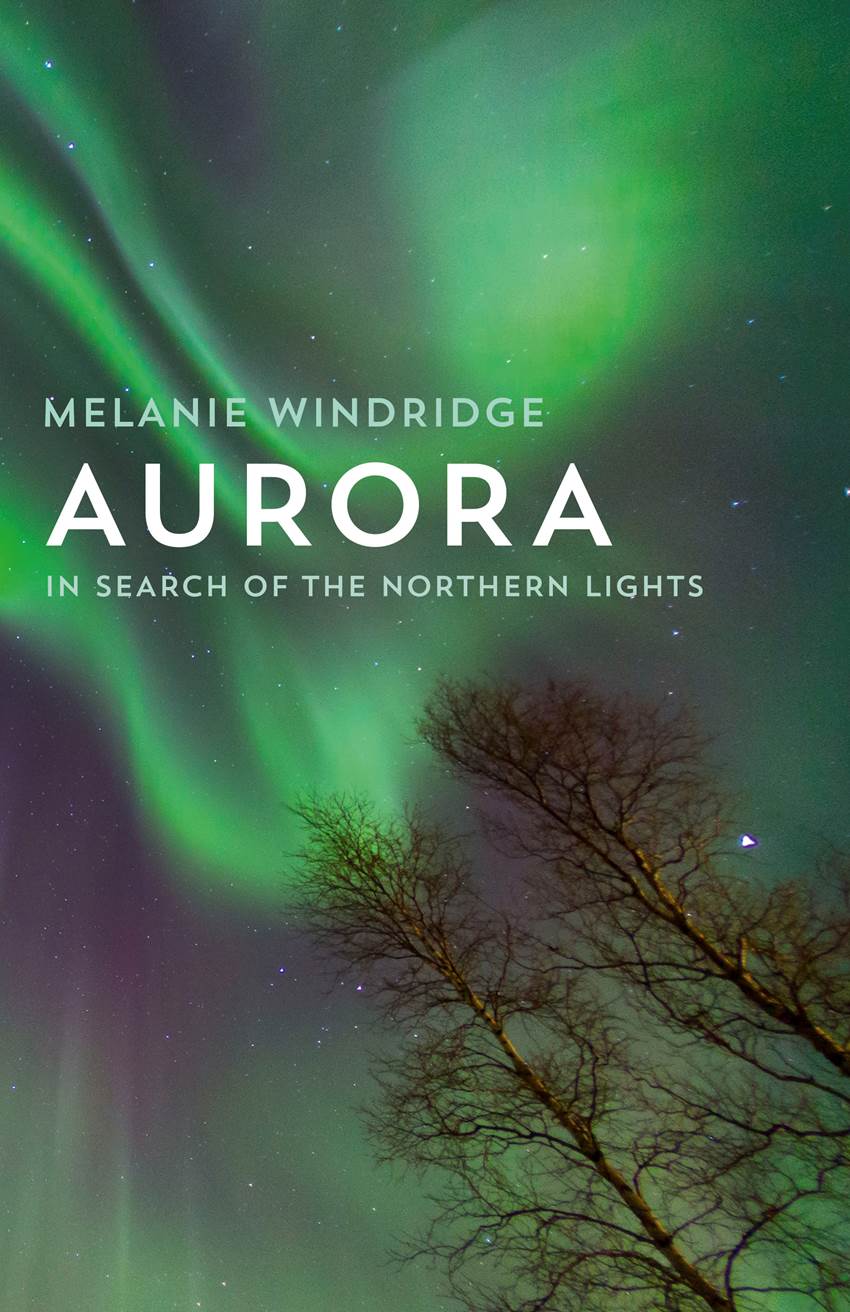
Aurora chasers Theresa and Darlene Tanner from Central Alberta, Canada, have a passion for nature and its beauty and their eyes are always on the skies.
Theresa and Darlene are partners who love chasing and photographing the aurora in winter and storms in summer. They have a passion for nature and its beauty and their eyes are always on the skies. Based in Central Alberta, Canada, they have travelled widely and spent many a night outdoors to experience the northern lights.
We asked the team five questions about chasing the aurora.
1. What does a typical day of northern lights chasing look like for you?
We often check the Space Weather Live website and SolarHam for upcoming coronal holes and coronal mass ejections.
If there is a good chance of aurora, we plan on heading out after dark and find a good area with a good foreground. Then we sit and wait… sometimes we wait 20 mins, sometimes four to five hours. That is the one thing about chasing the aurora, you have to be VERY patient. Many people don’t like waiting around, especially until late in the night, but we love being under the night sky as it’s so peaceful and calming.
2. What fascinates you about the aurora?
We are fascinated by the aurora as its never the same any given night. The colours, shapes and brightness are always different.
3. What was your most special aurora experience to date?
The most special date we have in mind is St. Patrick’s Day 2015. We had the reddest Aurora we have ever seen to date. It was measured a G4 or KP8-9.
4. What are you most looking forward to in this year’s northern lights season?
We are hoping for more solar storms! But as we are currently in a solar minimum, it’s hard to say how many we will get. We are going back to Yellowknife in March 2020. It’s a lot closer for us to get to than Iceland.
5. What’s your best tip for aurora fans?
We have travelled to Iceland and Yellowknife in the Northwest Territories in Canada to catch the northern lights and must say both areas are excellent for viewing.
Thank you, Theresa and Darlene! We’ll be sure to keep up-to-date with your stories.
Follow Team Tanner’s hashtag #teamtanner and their accounts @treetanner and @dartanner on Twitter and Facebook.
Are you baffled by some of the terminology Theresa and Darlene are using here? Are you wondering what coronal holes and coronal mass ejections might be, what a solar minimum is or what G4 and KP8-9 stand for?
In her book “Aurora: In Search of the Northern Lights”, Melanie combines the science behind the lights with a travelogue as she pursues the aurora across the northern hemisphere – from the Arctic Circle to Scotland.

